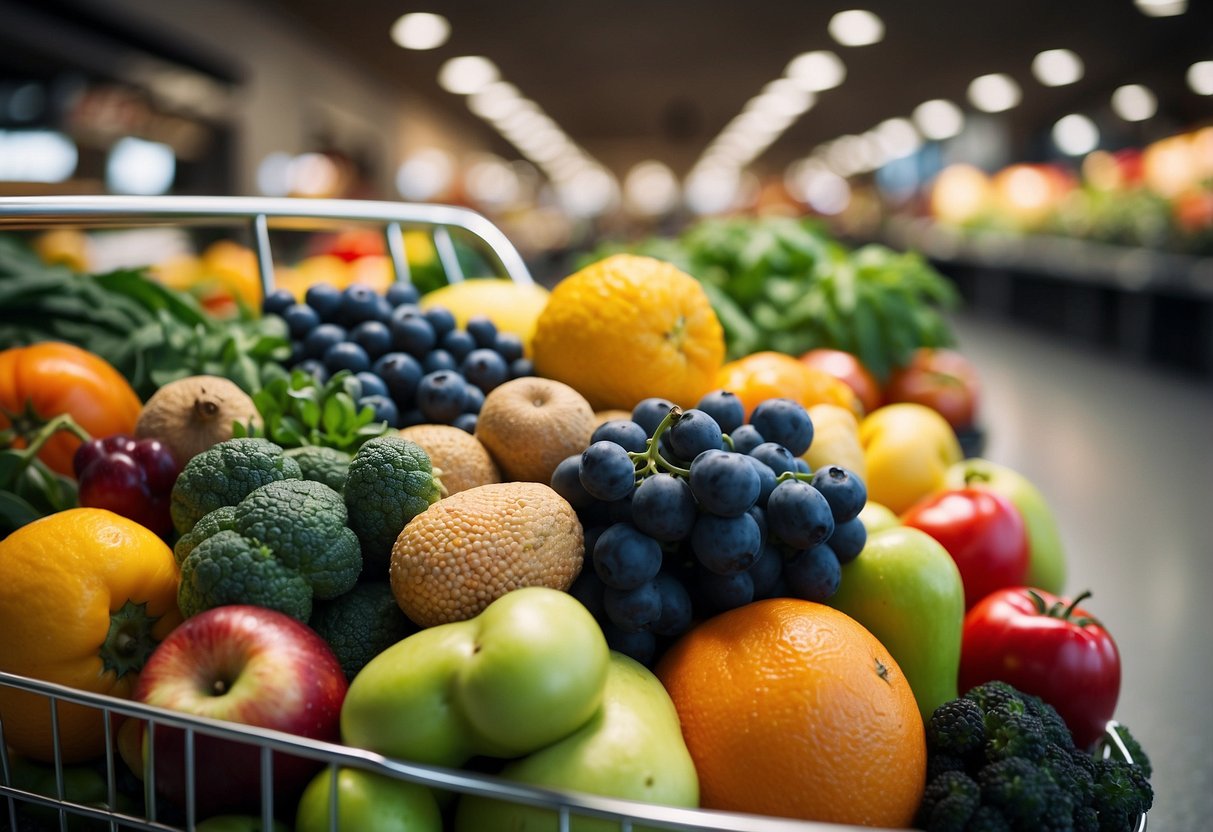
Grocery Shopping for a Plant-Based Diet

Focusing on whole foods and carefully reading labels for hidden animal products will make your plant-based grocery shopping much easier and healthier.
Choosing Whole Food Options
When shopping for a plant-based diet, prioritize whole foods such as fruits, vegetables, grains, nuts, and seeds. These foods are minimally processed and provide the nutrients needed for a balanced diet. Opt for fresh or frozen produce rather than canned varieties, which often contain added preservatives or sodium.
For grains, look for quinoa, brown rice, or whole-wheat pasta, which offer more fiber and nutrients compared to refined grains. Include a variety of beans and legumes as protein sources. Avoid overly processed snacks and meals, which can contain unhealthy fats and added sugars.
Reading Food Labels for Hidden Animal Products
Many processed foods contain hidden animal products, which can be tricky to identify. Carefully read ingredient lists to spot common animal-derived ingredients like gelatin, casein, whey, and certain food colorings. Words like “natural flavors” can sometimes mask animal origins, so seek products with transparent labeling.
Brands increasingly offer plant-based alternatives clearly marked as vegan or plant-based, making label reading simpler. When in doubt, a quick online search of unfamiliar ingredients can provide clarity. Avoid products with vague labeling to ensure they meet plant-based standards.
Cooking and Meal Preparation Tips
Starting a plant-based diet can be both exciting and challenging. By exploring easy recipes and effective batch cooking, it becomes simpler to maintain a nutritious and diverse diet.
Easy Plant-Based Recipes
Cooking plant-based meals doesn’t need to be daunting. Many cookbooks offer simple, tasty recipes that require minimal ingredients and time. A quick stir-fry with tofu, bell peppers, and broccoli can be both delicious and nutritious. Hearty lentil soups or chickpea salads are excellent options for anyone looking to stay full and energized.
Turning classic dishes into plant-based versions can also be fun. Substituting black beans for meat in tacos or using mushrooms for a rich pasta sauce are great ways to keep meals interesting. Experimentation in the kitchen with spices and herbs can elevate basic vegetables into gourmet dishes without much effort.
Batch Cooking and Meal Planning
Batch cooking and meal planning can save time and ensure a balanced diet throughout the week. Preparing large quantities of grains, beans, and vegetables in advance makes daily meal assembly quick and convenient. For example, cooking a big pot of quinoa and roasting several trays of vegetables can be a game-changer.
Storage is key. Using airtight containers to keep prepped foods fresh in the fridge or freezer allows flexibility in meal choices every day. Simple mix-and-match combinations provide variety without the stress of daily cooking. Plenty of resources, like meal planning guides and apps, are available to help beginners strategize and efficiently execute their plant-based meal plans.
Embracing these practices can transform the plant-based diet journey into a seamless, enjoyable experience.



